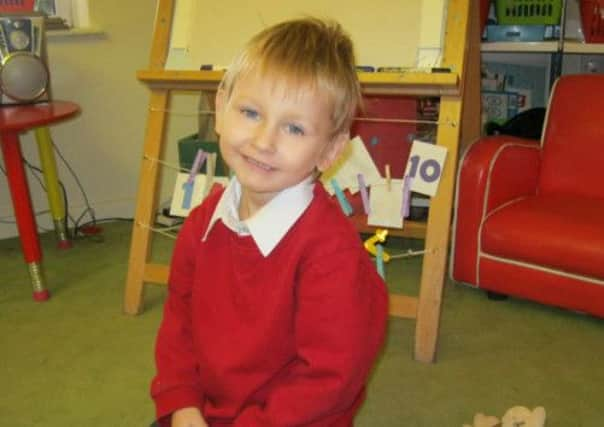Access to health records could cut child abuse


Questions have been asked about how various services could miss the abuse, echoing past criticism of multi-agency information sharing before the equally harrowing deaths of Baby P and Victoria Climbié.
The wider tragedy is that within the public sector, where data is often siloed, each service holds information that when brought together properly could improve our health and social wellbeing and arguably save lives. Baby P, and perhaps Daniel Pelka’s case, show the extremes of the problem, but there is a much broader discussion to be had.
Advertisement
Hide AdAdvertisement
Hide AdThe fundamental problems in our current IT infrastructures in the public sector are highlighted by the lack of access that we have to healthcare records and, in particular, the lack of sharing between primary and secondary care services such as GPs and hospitals. It’s an area of particular interest to me and my colleagues at Edinburgh Napier’s Institute for Informatics and Digital Innovation. As part of a Business Innovation Exchange Project, we recently undertook a survey on attitudes to accessing electronic health records, which is about as risky an area for data breaches as you could imagine. Yet we found that 96 per cent of those who responded wanted access to their health record. Now, I am fairly sure that if the same survey was done five years ago, it would have shown a significantly different picture. But in this new digital age, it feels like everything should be online and available when we want it.
Ownership is also important. We found that well over half of people were unaware that even within a hospital it is not always possible for a patient’s electronic health records to be shared between different departments. We tackled this very difficulty in a pilot study with a hospital in England, showing it was possible to host dummy records online, in a cloud environment, with a very robust security infrastructure that allowed the “patient” to grant access to their own records. It seems almost quaint, not to say inefficient, that hard copies of patient records still have to be physically driven between buildings, or across the country, in our wireless world.
The research also indicates that the majority of Scots – more than 60 per cent – believe they should own the rights to their health records and be the custodians of it, giving access to whom they want, be it family members or clinicians. Just 29 per cent said the records should be owned by GPs, hospitals or the government. And only 8 per cent said they would not wish their records to be shared with anyone other than their GP, which indicates willingness for this sharing of data across boundaries.
So could the system be slicker and more driven by the patient’s preferences when it comes to granting access to their own health records? Undoubtedly. Will it take time for that cultural change to occur? Certainly. But if improved access for patients and care givers, using appropriately robust security systems, can help to enhance a holistic approach to care then surely we must push for it? We cannot be averted from this goal because of a culture that “has always done it that way”, or because of the pressure heaped on NHS boards because of regrettable data breaches that have come about through pen drives or laptops containing patient data being mislaid.
Our results show a changing picture where citizens are demanding much more access to their own data, and in how it is used. For many, to have access to their child’s record will allow them to schedule appointments with clinicians and share important information with them. In this way families become much more integrated into their own healthcare. Alternatively, it might allow families to record immunisation records and track their child’s height and weight within an electronic record, rather than easily lost paper records.
What we have seen is an increasing demand for access to simple things, such as booking appointments online and setting up a video conference with a GP. The internet has changed all our lives, and it is likely to enable more engagement with our health and social care providers, especially in making the citizen the focal point. Scotland seems to be ahead in this area, but we could and should do more – especially if we can help to prevent another Daniel Pelka or Baby P.
• Professor Bill Buchanan is director of the Centre for Distributed Computing, Networks and Security at Edinburgh Napier University